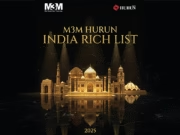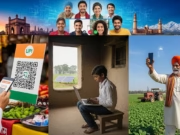Today is the auspicious day of Dussehra. It is a time for massive celebration. This ancient festival is observed widely. It marks a critical turning point in history. It reaffirms a universal truth. Goodness always prevails over evil. The festival is also called Vijayadashami. This name literally means “victory on the tenth day.” It concludes the nine-day Navratri celebrations. The day is hugely significant. We explore the deep spiritual layers. We look at its powerful mythology.
Mythological Foundation: Lord Rama and the Demon Ravan

The most popular story is from the Ramayana. It is the tale of Lord Rama’s victory. He defeated the terrible demon Ravan. Ravan was the ten-headed king of Lanka. He committed a great wrong. He abducted Rama’s wife, Sita. Consequently, Rama fought a fierce battle. He had help from Hanuman and his army. The conflict lasted many days. Finally, on the tenth day, Rama killed Ravan. This act symbolized justice. It showed the defeat of Adharma. This triumph is commemorated yearly. The grand Ramlila performances culminate now. They depict the life of Rama. They show his struggle against demon Ravan. These dramas draw huge crowds.
Mythological Foundation: Goddess Durga and Mahishasura
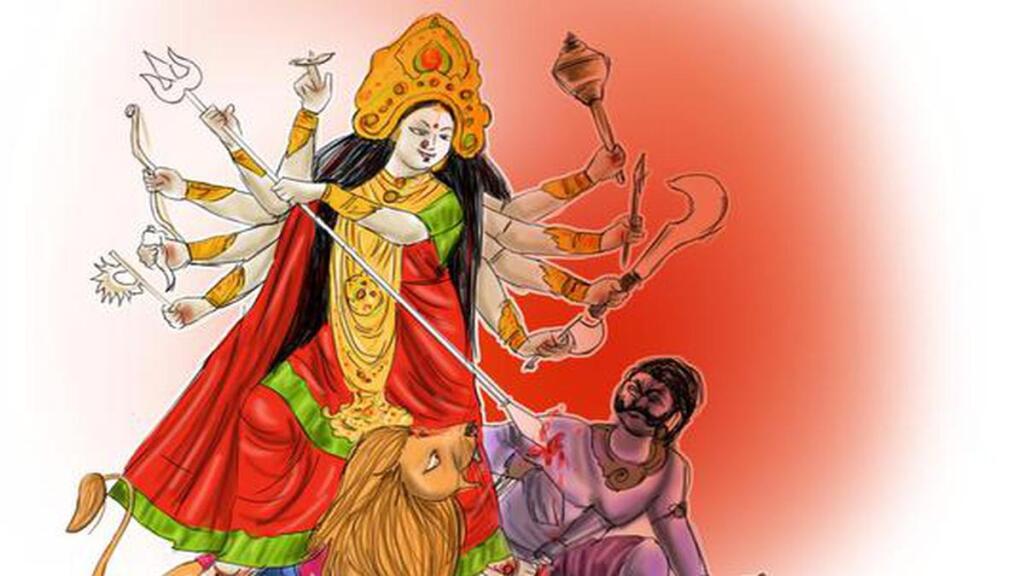
Dussehra has another core narrative. It honors the divine feminine power. Vijayadashami marks her triumph. This is the story of Goddess Durga. She was created by the gods. She fought a terrible demon. This demon was named Mahishasura. He had a powerful boon. No man or god could kill him. The gods combined their energy. They created the warrior Durga. She fought for nine nights. Finally, on the tenth day, she slew him. This victory freed the world from tyranny. It showed the ultimate power of Shakti. This Goddess Durga legend is strong. It is celebrated across Eastern India. The immersion of Durga idols takes place now. This celebrates her departure to heaven.
The Symbolic Fire: Burning Ravan’s Effigy
The most visible ritual happens today. It is the practice of burning Ravan’s effigy. Large, towering figures are erected. They represent Ravan and his brothers. They are set alight with fireworks. This act is not simply tradition. It holds a profound message. It is the core of the Dussehra festival.
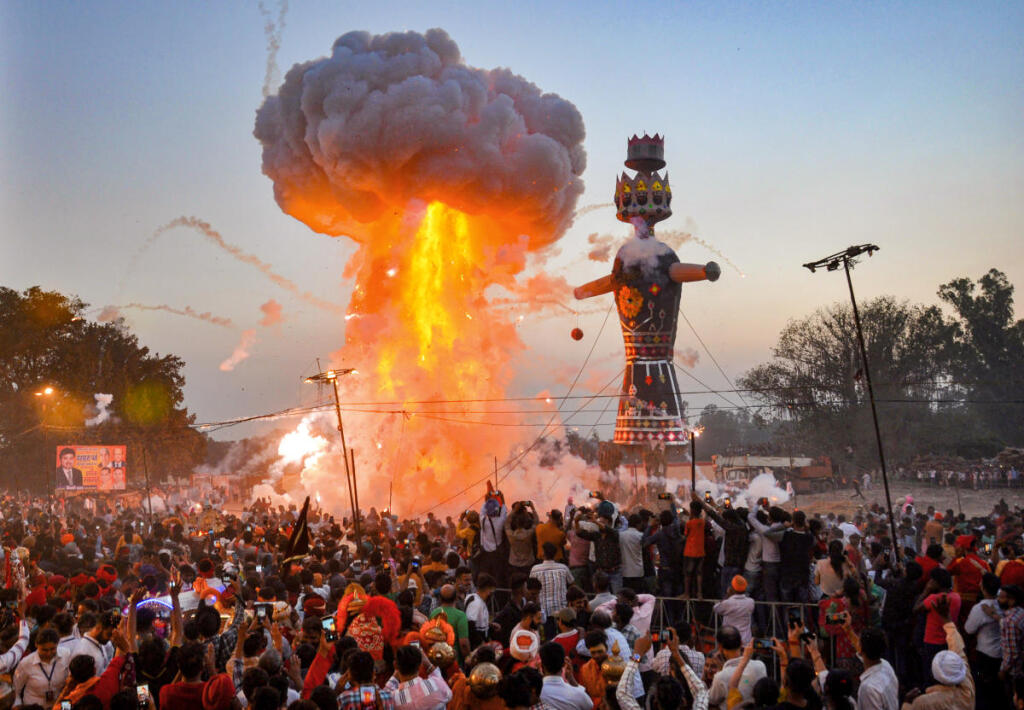
The ritual is a public catharsis. It symbolizes destruction of evil. Ravan’s ten heads represent vices. They stand for pride, lust, and anger. They symbolize cruelty and ego. The Ravan effigy burning is a commitment. It is a vow to destroy these vices. It encourages self-reflection deeply. It tells people to look inward. This burning Ravan’s effigy is powerful. It reminds us of constant struggle. The fire consumes the negativity. It purges the societal ills.
The Deeper Meaning and Modern Relevance
The spiritual significance Dussehra is clear. It teaches us about inner battles. The defeat of demon Ravan is personal. He was a learned scholar. He was a great devotee of Shiva. Yet, his arrogance ruined him. He represents the fatal flaw. It is the victory of ego over intellect. The Dussehra festival warns us. It tells us to conquer our dark side.

Furthermore, the message is social. Today’s Ravan effigy burning is topical. Protesters burn effigies of corruption. They burn symbols of injustice. They target dishonesty in politics. This shows the legend’s enduring power. The old myths still shape dialogue. They give a voice to the voiceless. The victory of Lord Rama’s victory is continuous. The Goddess Durga embodies that fight. This powerful imagery unites us all.
Regional Flavors and Cultural Unity
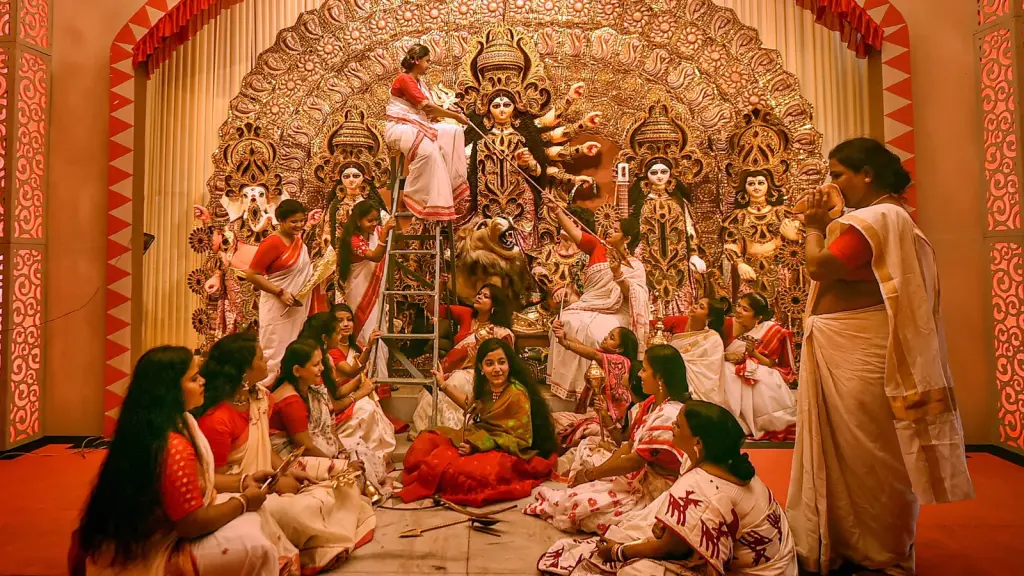
The Dussehra festival varies widely. Across India, traditions differ greatly. In North India, the Ramlila is key. It ends with the grand burning. In West Bengal, it is Durga Puja. It culminates in idol immersion. In South India, Ayudha Puja is performed. Tools and vehicles are worshipped. This honors knowledge and livelihood. The festival promotes unity always. It is a time for community bonding. The cultural celebration Dussehra brings us together.
FAQs: Unpacking the Festival’s Wisdom
Q1: What does Vijayadashami mean?
A1: It means “victory on the tenth day.” The name comes from Sanskrit.
Q2: Is Dussehra only about Lord Rama?
A2: No, it is not. It celebrates two great triumphs. It honors Lord Rama’s victory. It celebrates Goddess Durga‘s triumph.
Q3: What do the ten heads of Ravan symbolize?
A3: They symbolize ten human vices. These include lust, ego, and pride. The burning represents their destruction.
Q4: Is it considered auspicious to start new ventures on Dussehra?
A4: Yes, it is. The Vijay Muhurat is favorable. Many choose this day for new beginnings. It promises prosperity and success.
Q5: What is the significance of the Shami Puja?
A5: It honors the Pandavas’ exile. They retrieved their weapons from a tree. This ritual celebrates strength and righteousness.
The Enduring Message of Victory
The Dussehra festival is now over. Its message will always remain. It is a call to action. It is a call for self-improvement. The triumph of good over evil is not easy. It must be fought daily. The burning Ravan’s effigy reminds us. The true battle is within.
What is the one inner “Ravan” you hope to defeat this year? Did you attend a Ramlila performance? Share your thoughts below!
#Dussehra #Vijayadashami #RavanDahan #LordRamasVictory #GoddessDurga #Ramlila #TriumphOverEvil #DussehraFestival #IndianMythology #FestiveSeason #Navratri #SpiritualSignificance






